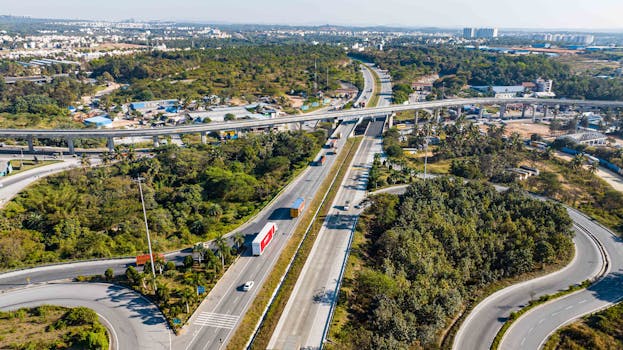Mapping the Fiber Landscape: Key Players and Projects Across Africa – Fiber Optics & Connectivity
The African continent is experiencing a surge in fiber optic infrastructure development, with numerous projects and key players emerging to bridge the digital divide. This article provides an in-depth analysis of the current fiber landscape in Africa, highlighting the major players, projects, and initiatives driving this growth.

Mapping the Fiber Landscape: Key Players and Projects Across Africa – Fiber Optics & Connectivity
Fiber Optics & Connectivity is rapidly transforming the African continent, with a surge in fiber optic infrastructure development. The proliferation of fiber optic cables has enabled faster and more reliable internet connectivity, driving economic growth, innovation, and digital transformation. In this article, we will delve into the current state of fiber optics in Africa, exploring the key players, projects, and initiatives that are shaping the continent’s digital landscape.
Introduction to Africa’s Fiber Optic Landscape
Africa’s fiber optic landscape is characterized by a complex network of undersea and terrestrial cables, with multiple players operating in the region. The continent’s fiber optic infrastructure has grown significantly over the past decade, with investments from governments, private companies, and development institutions. According to a report by the African Development Bank, the total length of fiber optic cables in Africa increased from 400,000 kilometers in 2010 to over 1.2 million kilometers in 2020.
This growth has been driven by the increasing demand for high-speed internet and data services, particularly in urban areas. The proliferation of mobile devices, e-commerce, and online services has created a need for faster and more reliable connectivity, which fiber optic cables are well-equipped to provide. Furthermore, the African Continental Free Trade Area (AfCFTA) has created new opportunities for trade and commerce, which will require robust and efficient digital infrastructure to facilitate the exchange of goods and services.
Key Players in Africa’s Fiber Optic Market
Several key players are operating in Africa’s fiber optic market, including telecommunications companies, internet service providers, and infrastructure developers. Some of the notable players include:
MTN Group, a leading telecommunications company with operations in 21 African countries, has invested heavily in fiber optic infrastructure. The company has deployed over 100,000 kilometers of fiber optic cables across the continent, providing high-speed internet and data services to millions of customers.
Vodacom, another major telecommunications company, has also made significant investments in fiber optic infrastructure. The company has deployed fiber optic cables in several countries, including South Africa, Tanzania, and Mozambique, and has partnered with other operators to expand its reach.
In addition to telecommunications companies, several infrastructure developers are also playing a crucial role in shaping Africa’s fiber optic landscape. Companies such as Liquid Telecom, Seacom, and MainOne are deploying fiber optic cables and providing connectivity services to businesses, governments, and individuals across the continent.
Major Fiber Optic Projects in Africa
Several major fiber optic projects are underway in Africa, aimed at expanding connectivity and improving internet access. Some of the notable projects include:
The African Coast to Europe (ACE) submarine cable, which spans over 17,000 kilometers, connecting 24 countries in West Africa to Europe. The cable has a capacity of 12.8 terabytes per second and has significantly improved internet connectivity in the region.
The East Africa Submarine Cable System (EASSy), which connects eight countries in East Africa to Europe and Asia. The cable has a capacity of 10.24 terabytes per second and has provided high-speed internet access to millions of people in the region.
The West Africa Cable System (WACS), which spans over 14,000 kilometers, connecting 14 countries in West Africa to Europe. The cable has a capacity of 5.12 terabytes per second and has improved internet connectivity in the region.
Challenges and Opportunities in Africa’s Fiber Optic Market
Despite the growth in Africa’s fiber optic market, several challenges persist. One of the major challenges is the high cost of deploying fiber optic cables, particularly in rural areas. The lack of infrastructure, limited funding, and regulatory hurdles have hindered the expansion of fiber optic cables to underserved areas.
However, there are also opportunities for growth and innovation in Africa’s fiber optic market. The increasing demand for high-speed internet and data services, particularly in urban areas, has created a need for more efficient and reliable connectivity solutions. The growth of e-commerce, online services, and digital payments has also created new opportunities for businesses and entrepreneurs to leverage fiber optic infrastructure.
In conclusion, Africa’s fiber optic landscape is characterized by a complex network of undersea and terrestrial cables, with multiple players operating in the region. While challenges persist, the opportunities for growth and innovation are significant, and the continent is poised to experience significant economic growth and digital transformation in the coming years.



